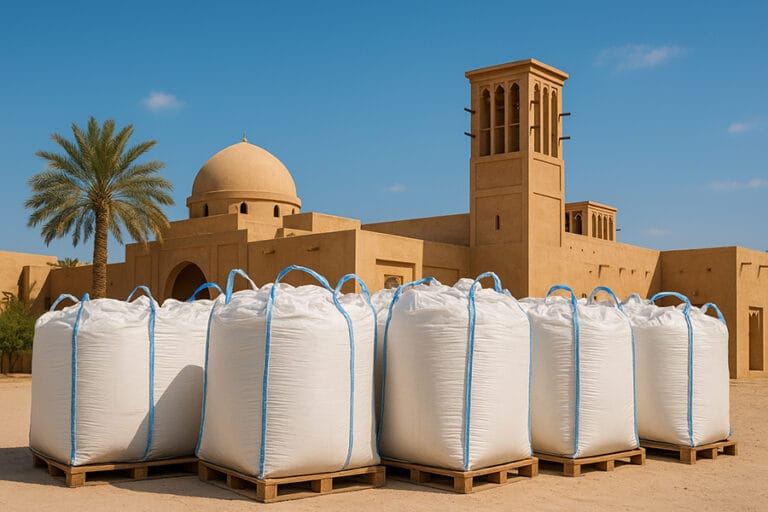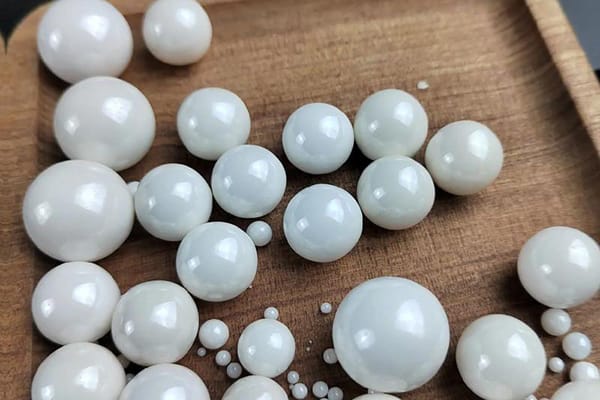Силиконовый карбид против карбида бора

Карбид кремния (Карбид кремния)
Карбид кремния, также известный как карбонда, твердое химическое соединение, состоящее из кремния и углерода. Это не только полупроводник, но и имеет значительные применения в отрасли броней. Исторически, SIC был впервые обнаружен как редкий минерал, называемый moissanite. Однако, его синтетическая версия была произведена с тех пор 1893 Для различных приложений, в том числе как абразивный.
В царстве брони, SIC использовался в композитных структурах, предлагая высокую выносливость. Его твердость делает его идеальным кандидатом на заявки, требующие надежной защиты, такие как пуленепробиваемые жилетки и броня транспортных средств.
Карбид Бора (B4C)
Карбид бора, с другой стороны, это легкий, но невероятно твердый материал. Это один из самых сложных материалов, превзошел только бриллианты и несколько других соединений. Исторически, Приложения Boron Carbide были ограничены из -за его хрупкости. Однако, Достижения в области технологий позволили использовать его в защитной передаче и доспехах, обеспечение исключительного сопротивления против угроз.
Разница между SIC и B4C
Карбид кремния (Карбид кремния) и карбид бора (B4C) оба керамические материалы, которые обычно используются в пуленепробиваемой броне. Они оба очень сложные и сильные, И они могут эффективно остановить пули. Однако, Есть некоторые ключевые различия между двумя материалами.
- Плотность: Силиконовый карбид немного плотнее, чем карбид бора, что означает, что он может остановить немного более высокого уровня калибра. Однако, Разница в плотности не значительна, и оба материала могут остановить наиболее распространенные пули.
- Расходы: Силиконовый карбид дешевле, чем карбид бора. Это потому, что карбид кремния является более распространенным материалом, и его легче изготовить.
- хрупкость: Карбид кремния и карбид бора - хрупкие материалы. Это означает, что они могут разбить, если они поражают сильное влияние. Однако, карбид бора более хрупкий, чем кремниевый карбид, что означает, что это с большей вероятностью разрушится.
- Теплопроводность: Карбид кремния имеет более высокую теплопроводность, чем карбид бора. Это означает, что он может более эффективно рассеивать тепло, что может помочь предотвратить перегрев брони.
Общий, Кремниевый карбид и карбид бора являются эффективными материалами для пуленепробиваемой брони. Лучший материал для конкретного приложения будет зависеть от конкретных требований, такой как калибр пуль, которые необходимо остановить, стоимость, и вес.
Вот таблица, обобщающая ключевые различия между карбидом кремния и карбидами бора:
| Свойство | Карбид кремния | Карбид бора |
|---|---|---|
| Плотность | 3.21 G/CM^3 | 2.52 G/CM^3 |
| Расходы | Менее дорого | Дороже |
| хрупкость | Хрупкий | Более хрупкий |
| Теплопроводность | Выше | Ниже |
| Останавливая силу | Эффективная | Эффективная |
В общем, Кремниевая карбид -броня - хороший выбор для приложений, где стоимость является основным фактором. Карбидовая броня бора является хорошим выбором для применений, где вес и хрупкость являются важными соображениями.
Вас также может заинтересовать…
Связаться с нами
Получить бесплатное предложение
Основан в 2001, HSA является ведущим поставщиком кремнезема и абразивов в Китае., а также поставщик высококачественной продукции премиум-класса для бетонной и абразивной промышленности..



